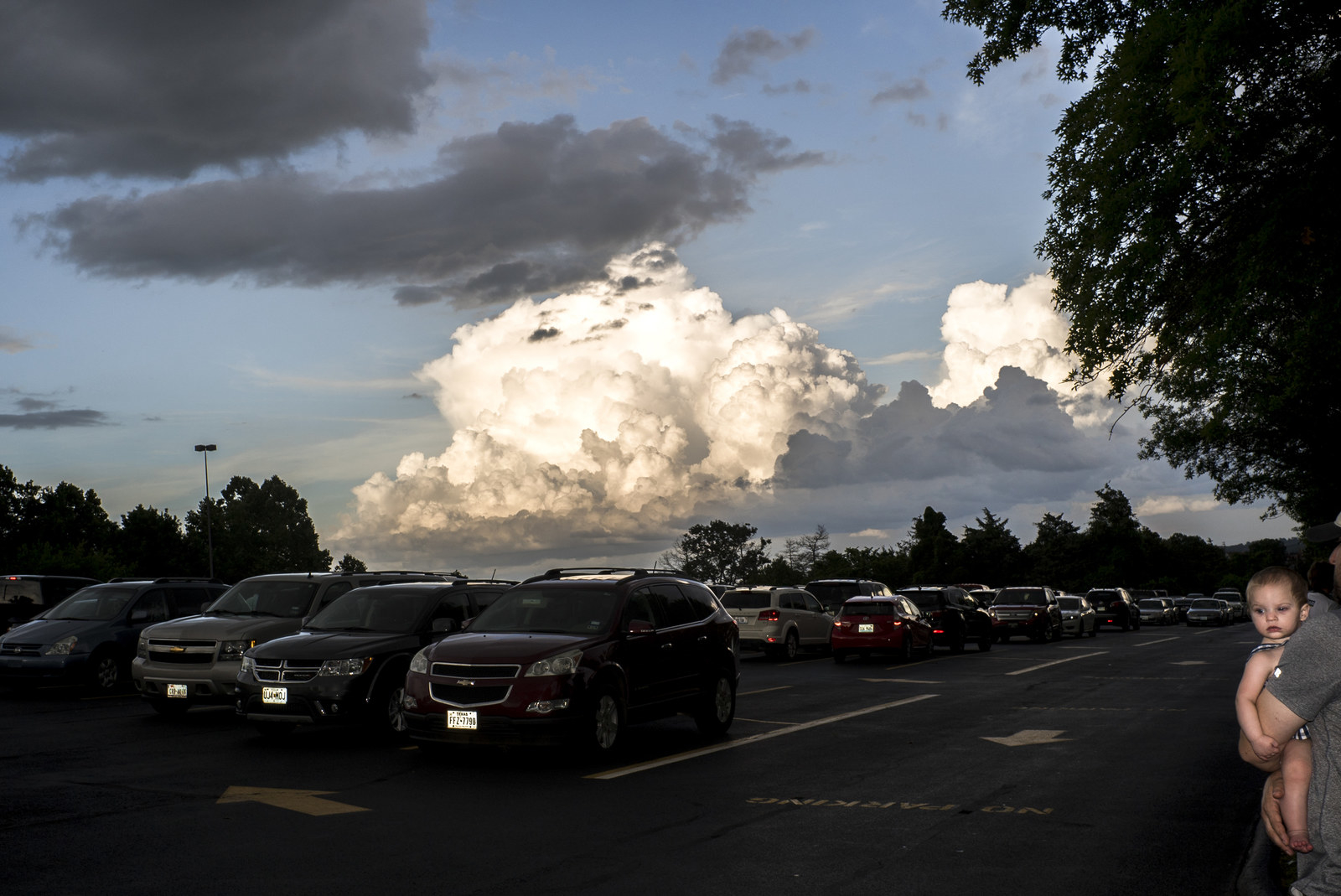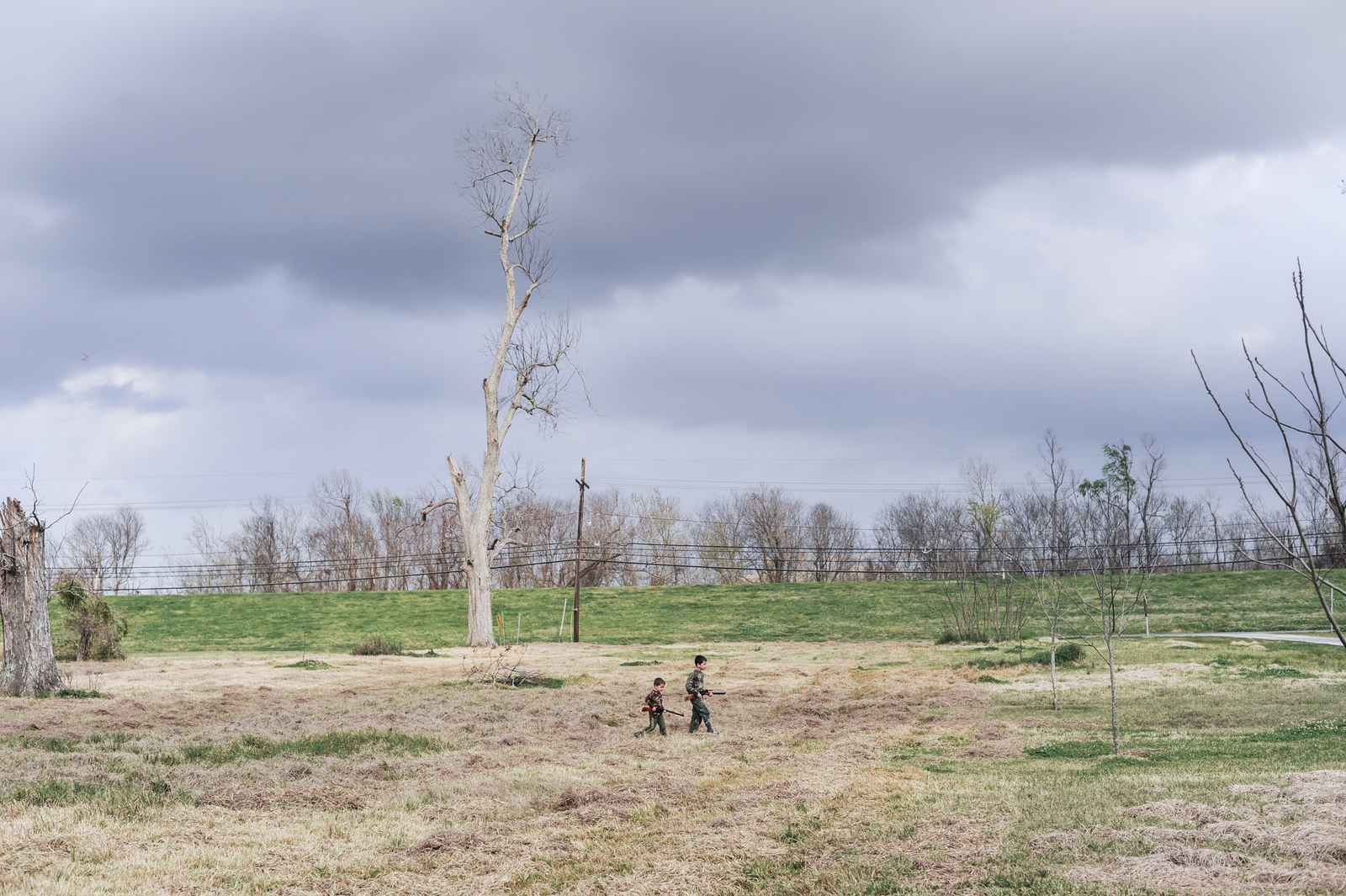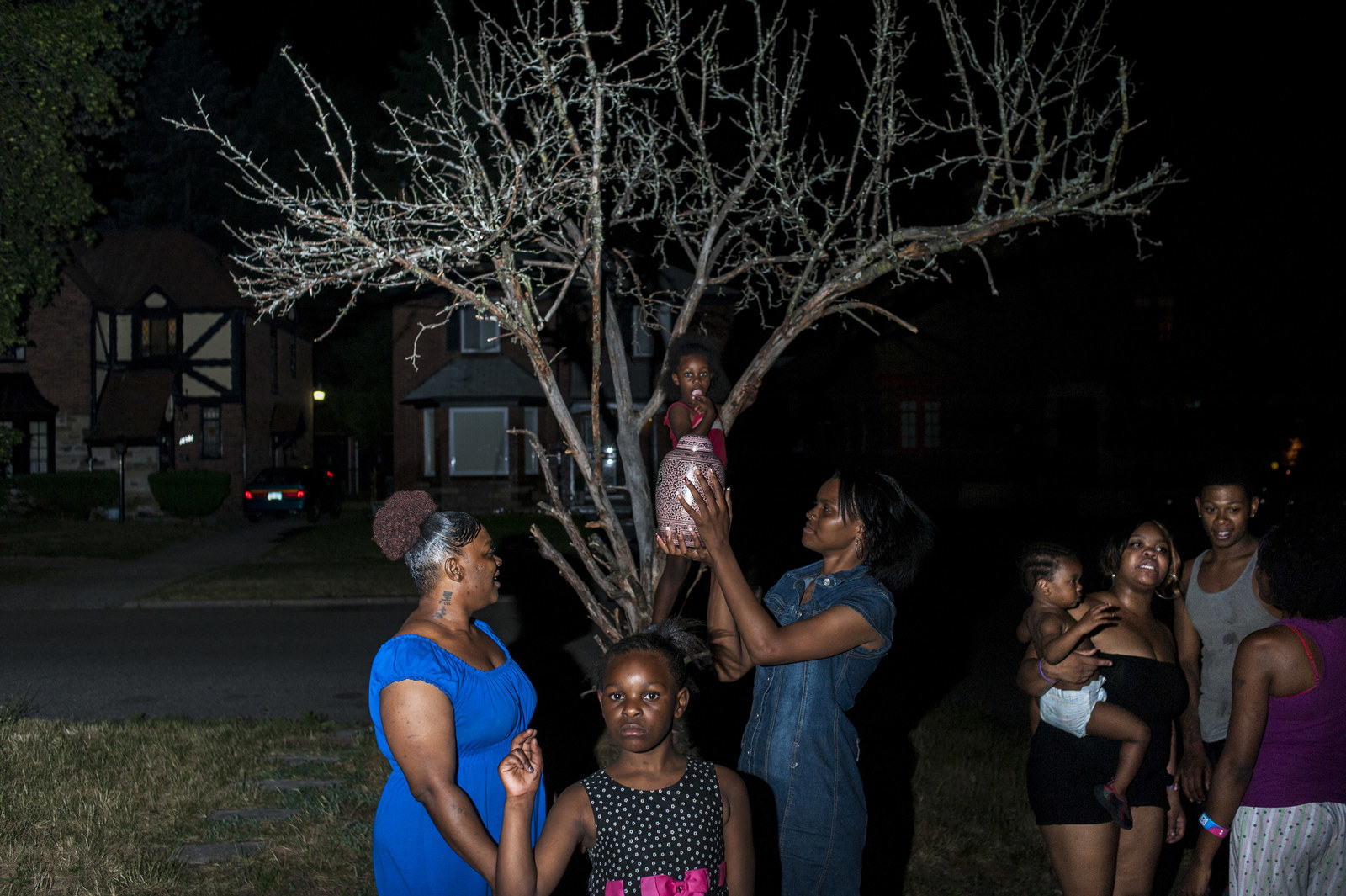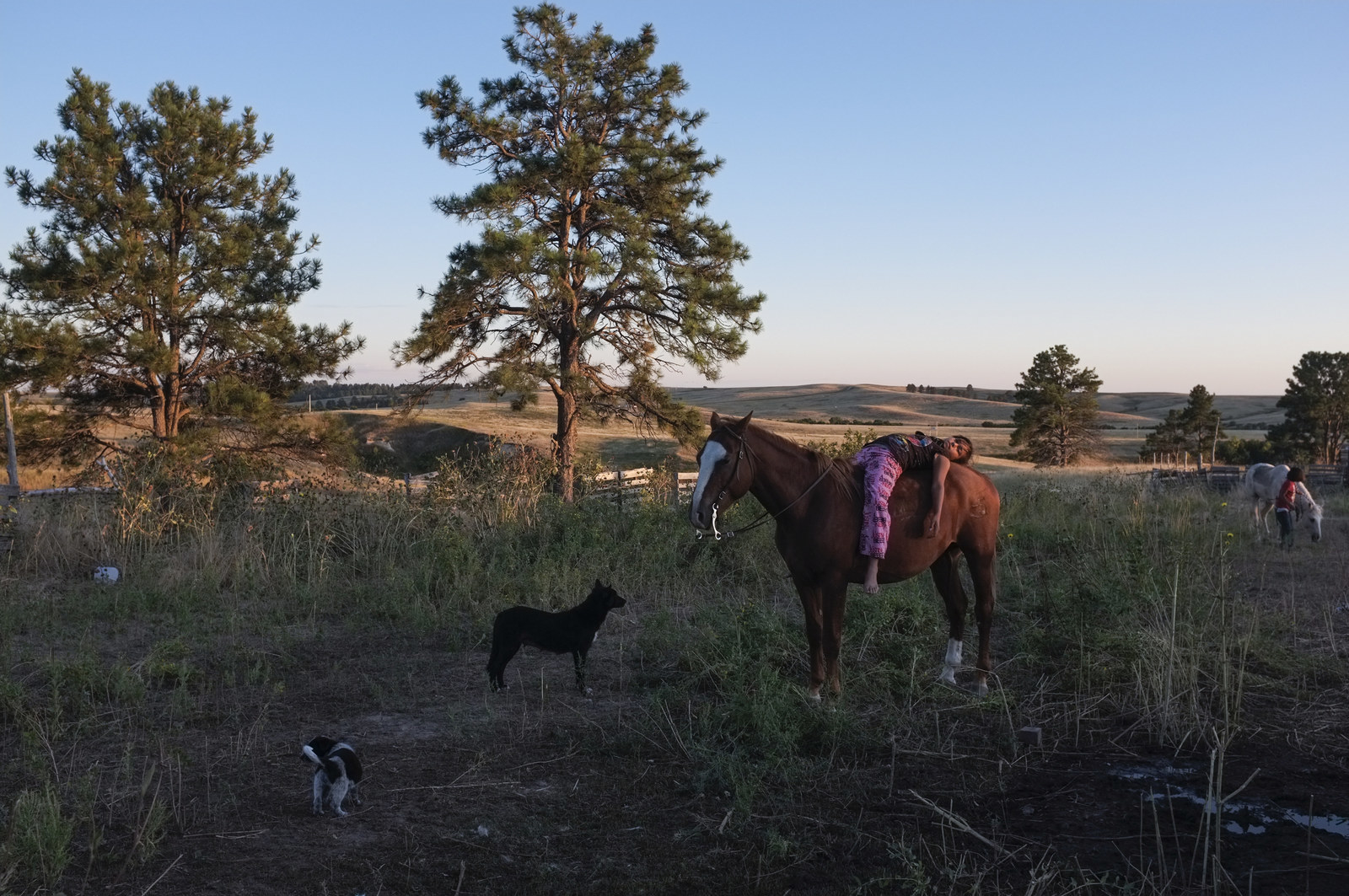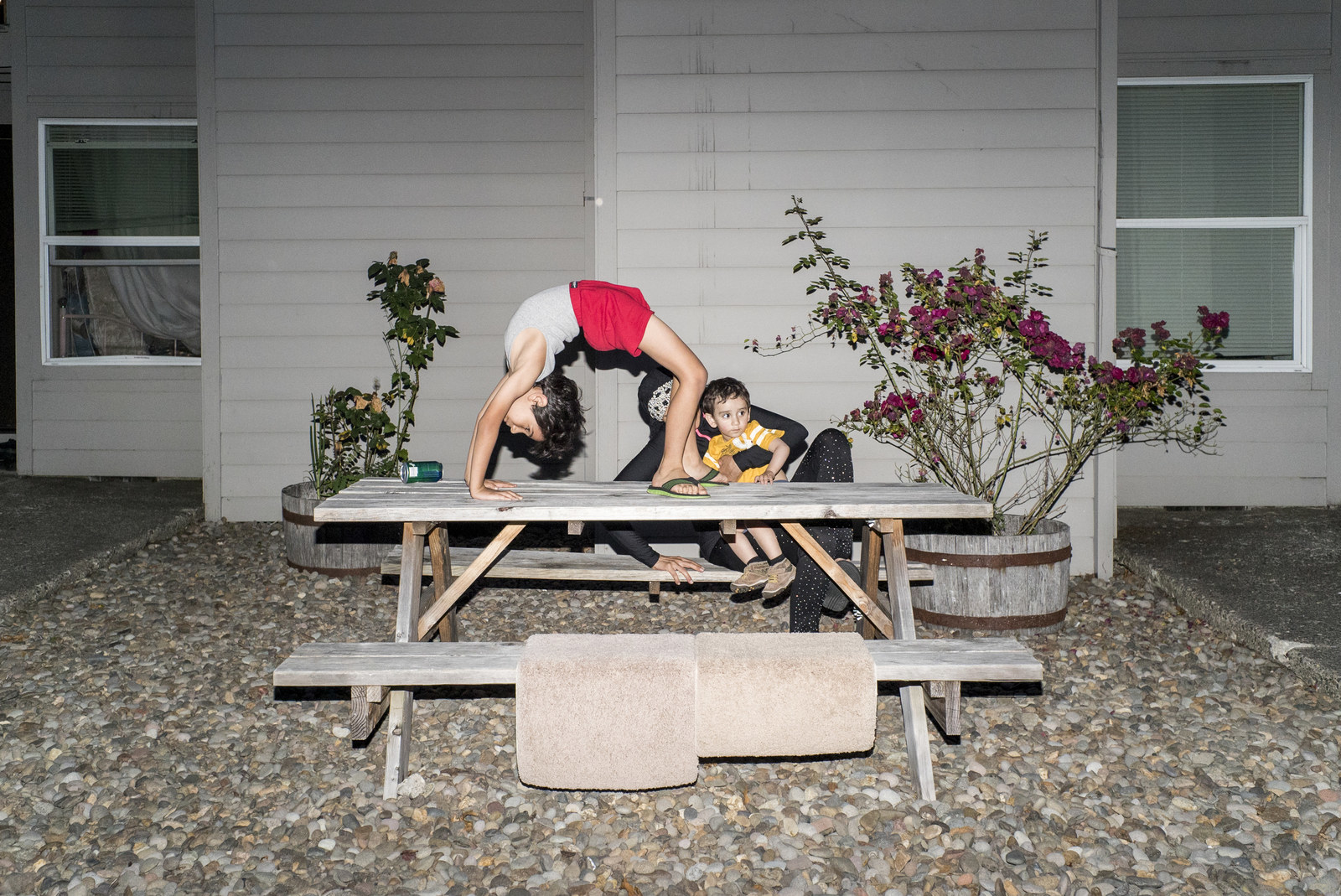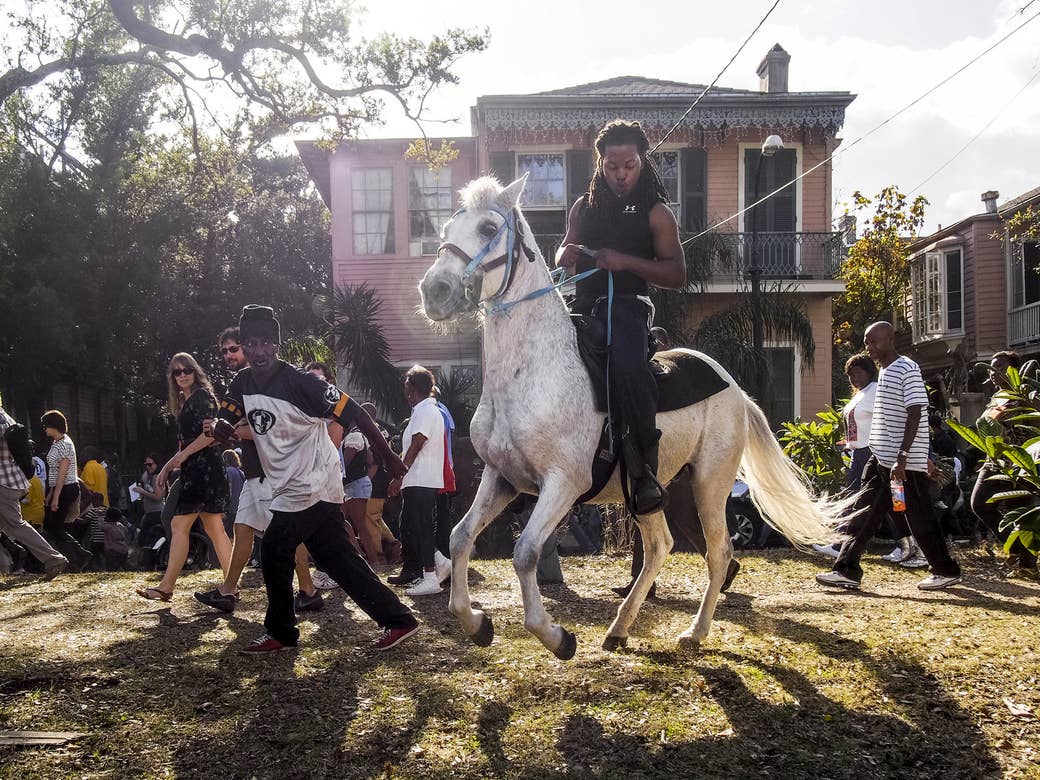
Photographer Peter van Agtmael has worked on books that explore the state of America for the past eight years, starting with Disco Nights Sept. 11 and continuing with his current work, Buzzing at the Sill. The former examined the effects of war on our country and the latter looks more deeply at our society and how it is beset with questions about race, class, memory, war, family and history. The images are poetic, and sometimes the juxtapositions are disturbing.
BuzzFeed News interviewed van Agtmael about the book, which comes out on March 7.

Over what period of time did you shoot "Buzzing at the Sill"?
Except for one picture shot in 2007 and one from 2008, the work was shot from 2009-2016, with the bulk of the photos shot from 2012-2015.
Was it originally a separate idea, or an extension of your earlier book, "Disco Nights 9/11"?
I shot Disco Night 9/11 from 2006-2013. Buzzing at the Sill was more or less a concurrent idea and both books are very much intertwined. My work photographing America at war provoked a need to look more deeply at America outside of the wars. In a way, they are just chapters in a much larger work on America that I expect will go on for decades. I’m already pretty deep into a third book, with several more loosely planned out. Each work flows into the next.
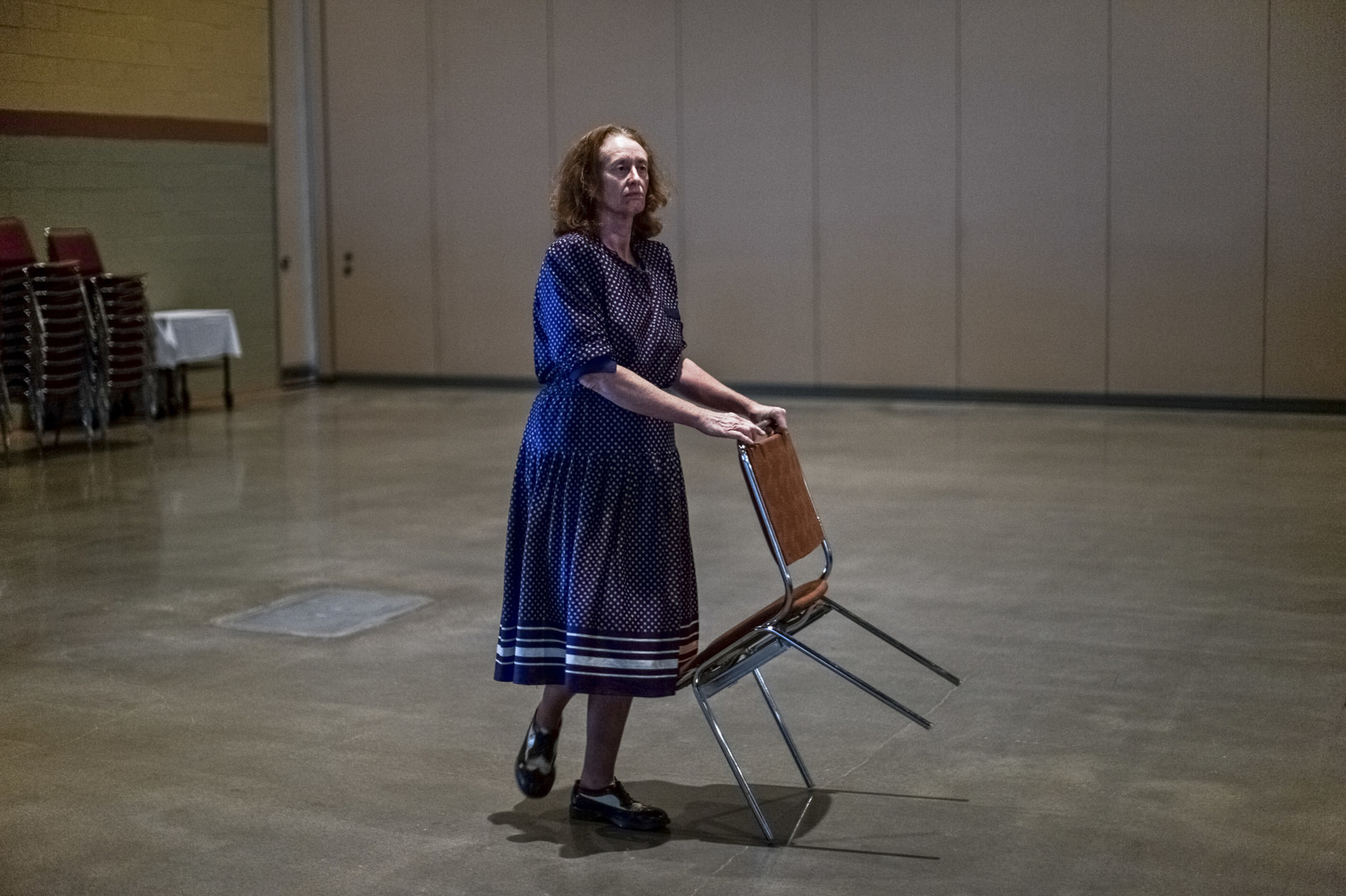
What's your favorite image?
That’s a hard question. It’s difficult for me to see the pictures dispassionately. There are about a dozen images that resonate with me more or less equally, sometimes more for what they mean to me than for what they are as images. Still, in a pinch I guess I’d probably choose the woman dancing with the chair.
What was the hardest image to take?
Probably the picture of my dad helping my grandfather into the car after the funeral of my grandmother. I don’t know if I could take that picture now. Her death had followed on the heels of a series of traumas, including a near death experience for me and the difficult end of a relationship. I think taking pictures at that point was a filter I needed to put between myself and the world. Of course the trauma of those other moments has now largely disappeared, while that picture remains very alive. Photography is a bit of a deal with the devil, in that way. Sometimes pictures can make an emotion linger while slowly stripping it of its essence, leaving this strange shell of the moment behind.
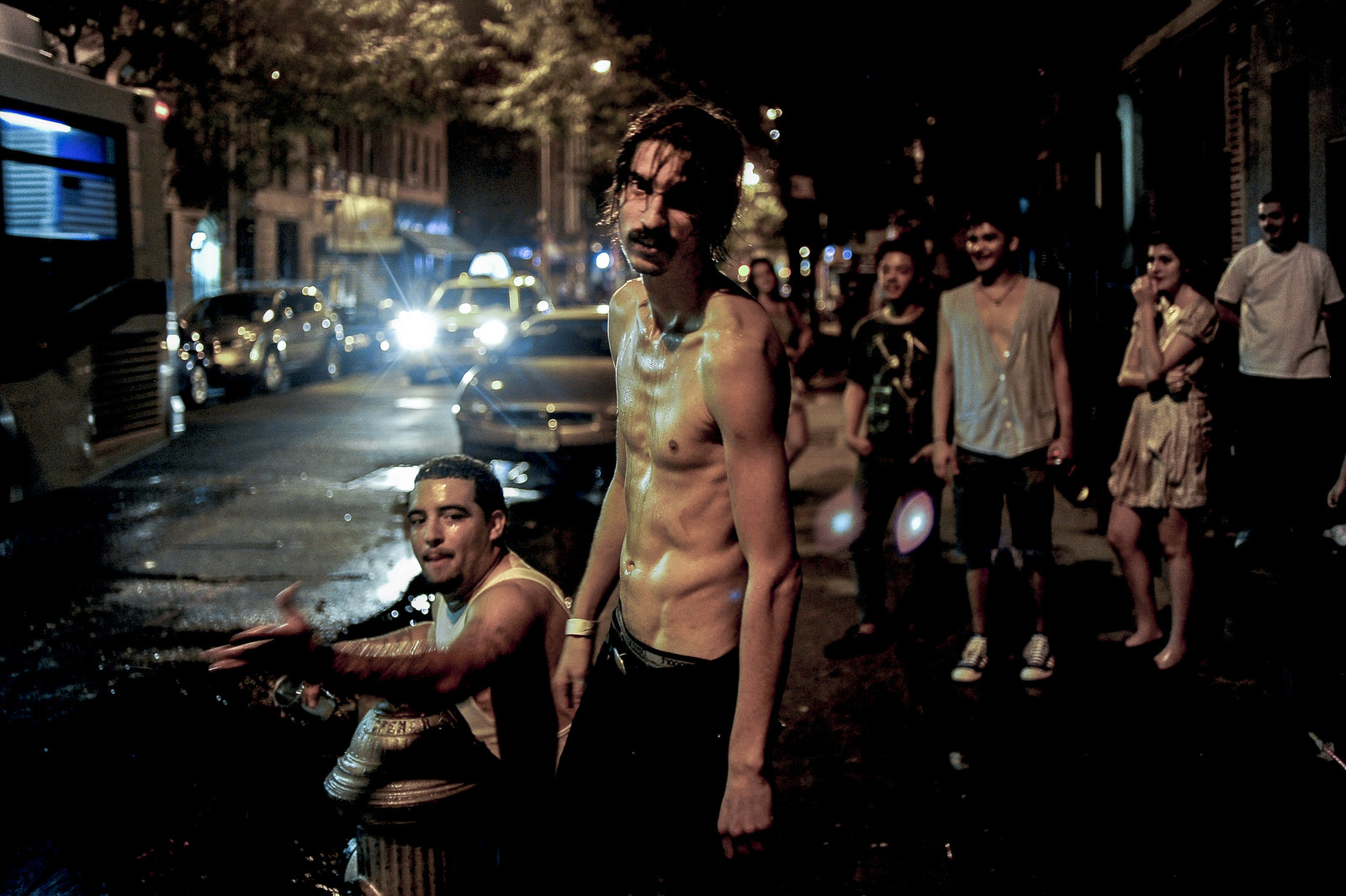
This sentence is awesome: "Sometimes pictures can make an emotion linger while slowly stripping it of its essence, leaving this strange shell of the moment behind." It feels descriptive of both books — are you looking at these projects as a way to explain America, or merely to capture where it is in time?
I think photography is too non-narrative to offer much explanation of anything. I’m trying to present a lot of different fragments of experiences that hopefully add up to a complex and emotive whole.
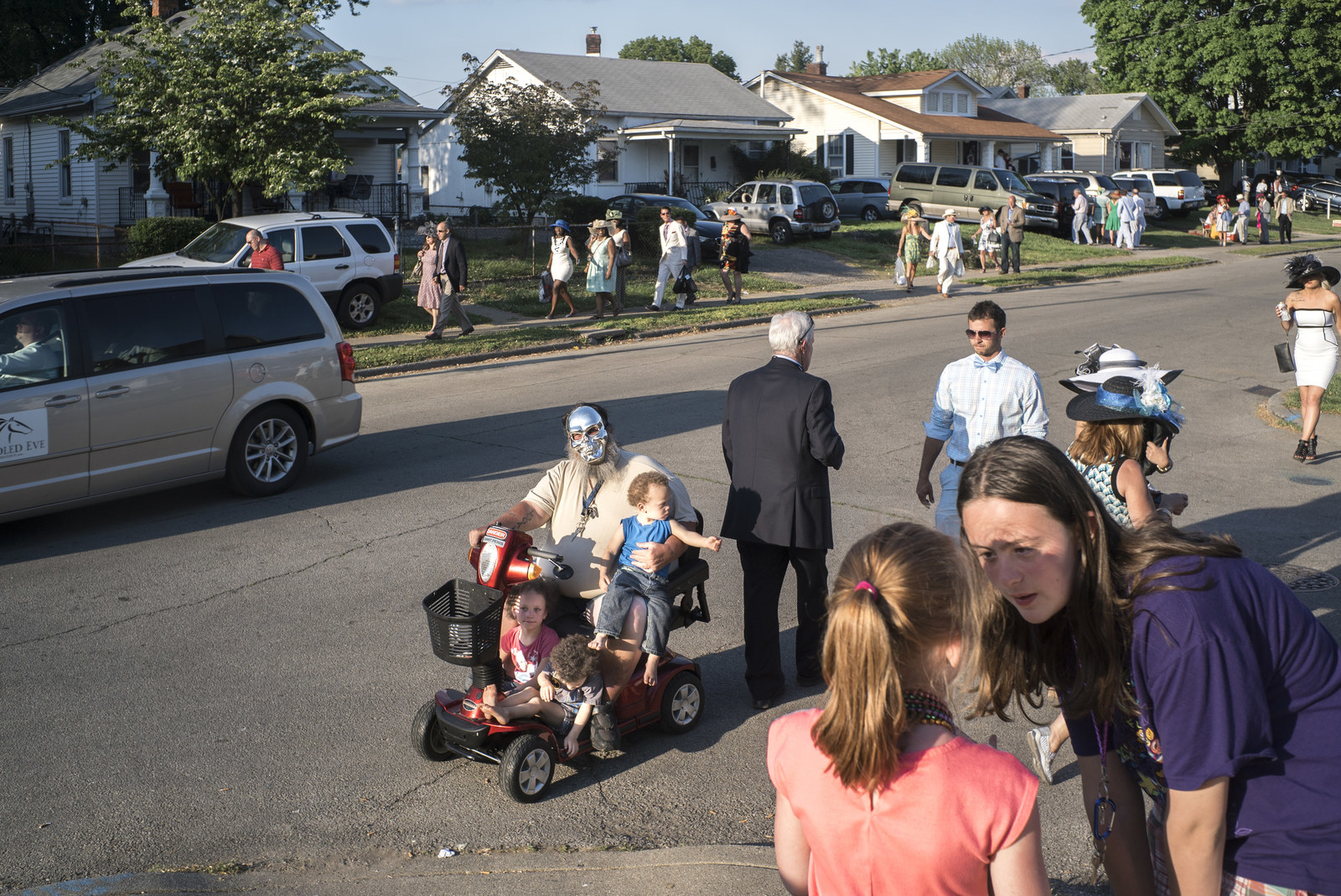
This book as a more subtle, cinematic effect than Disco Nights. Some of the images, such as the beach at night followed by the KKK dude in the woods, seem to be scenes from magical realism as much as from real life. Can you talk about your process for finding images, or selecting them for this book?
Finding the images is very mysterious. I try and get into situations that can stand as visual symbols of my perceptions and understanding of America, but once in those places I have no idea what I’m going to find. The sudden recognition of a beautiful image emerging unexpectedly is the part of photography that never ceases to move and inspire me.
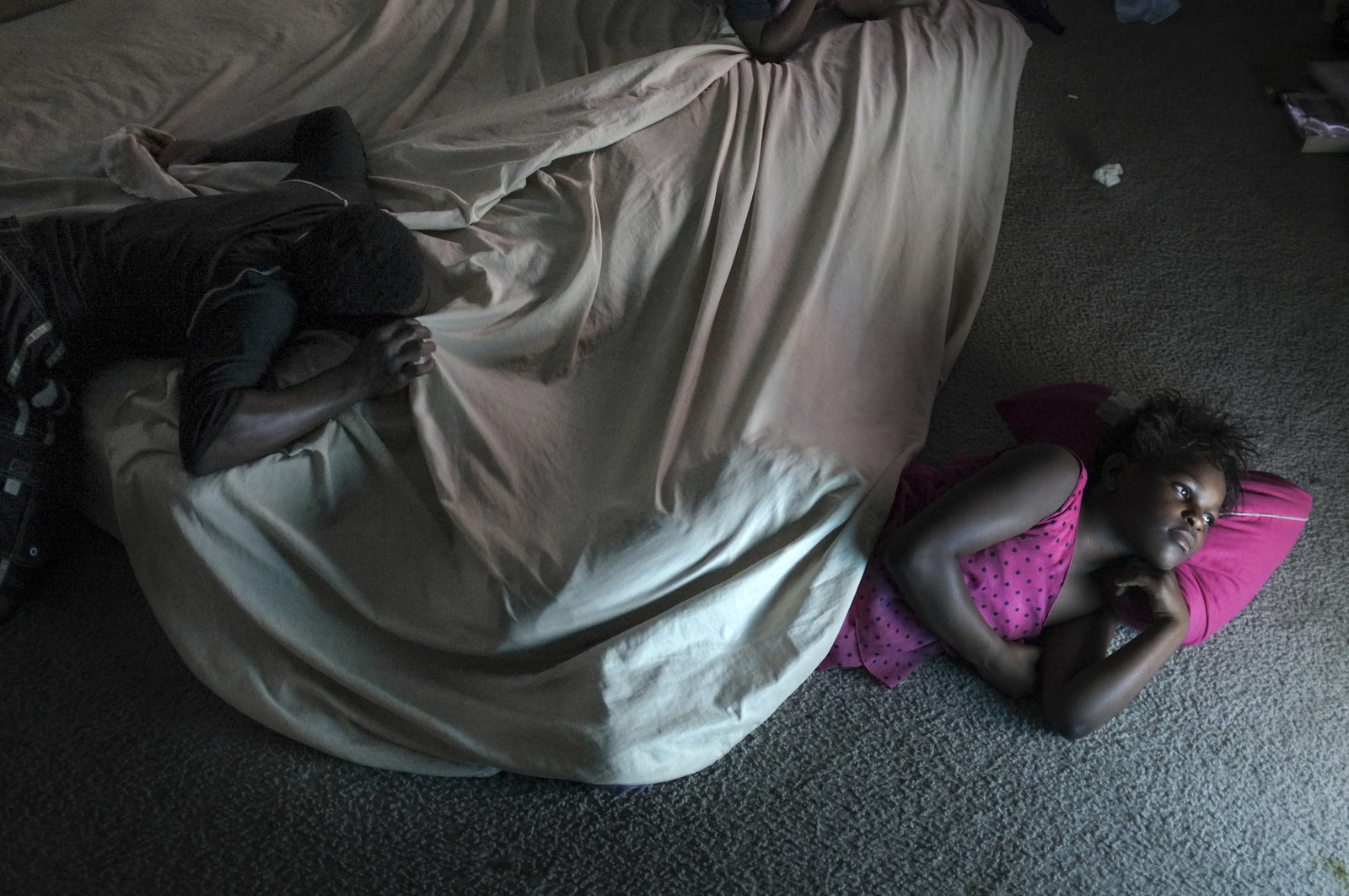
There seems to be an undercurrent of unresolved violence, or potential for violence, throughout many of the images in the book. Can you talk more about your "deep wariness with humanity" and how it informed this book?
I fundamentally like people. I’ve put my trust in strangers any number of times, and have usually been enriched by the experience. Engaging with so many different kinds of people is a big part of my love of photography, and being able to marvel at human history on Earth is one of the most fascinating preoccupations for me. Much of what we choose to remember from history is triumphant, but it is lined with incredibly disconcerting patterns of behavior. There is a violent animal in all of us. In groups, our critical thinking skills are horrible, and as a species we are incredibly fearful, often of things that objectively pose little threat (the ban on immigrants from seven predominantly Muslim countries being a good recent example).
It doesn’t take much to tip the scales into chaos, and civilizations and empires can collapse in remarkably little time, often starting from relatively innocuous beginnings. Societal disintegration is more often a slowly boiling frog than a tsunami. What scares me is the high stakes. Our weapons are apocalyptic, and by merely being a consumer in this industrial age, we threaten the planet. A big part of human history is our triumphs over both nature and our basest instincts, but it seems the margin for error has never been thinner. So humanity makes me nervous. Myself included.
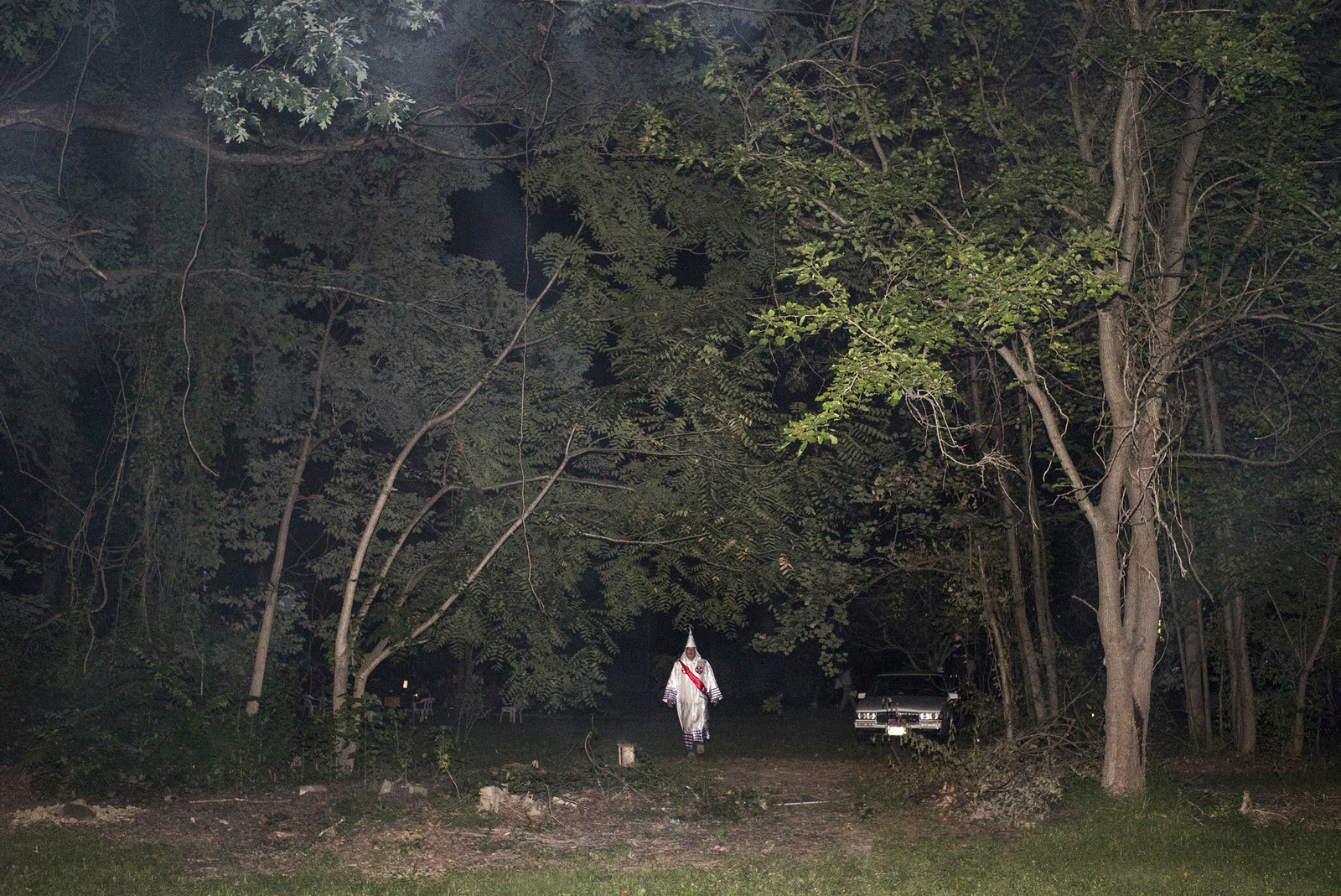
Can you talk more about what situations you're looking for here?
The diversity of the American experience. The cities, the suburbs, the country. The coasts, the interior. Race and class. History and politics. All these notions that define America have visual imprints. However, they are only a guide. A lot of the photos I take are wholly unexpected.
